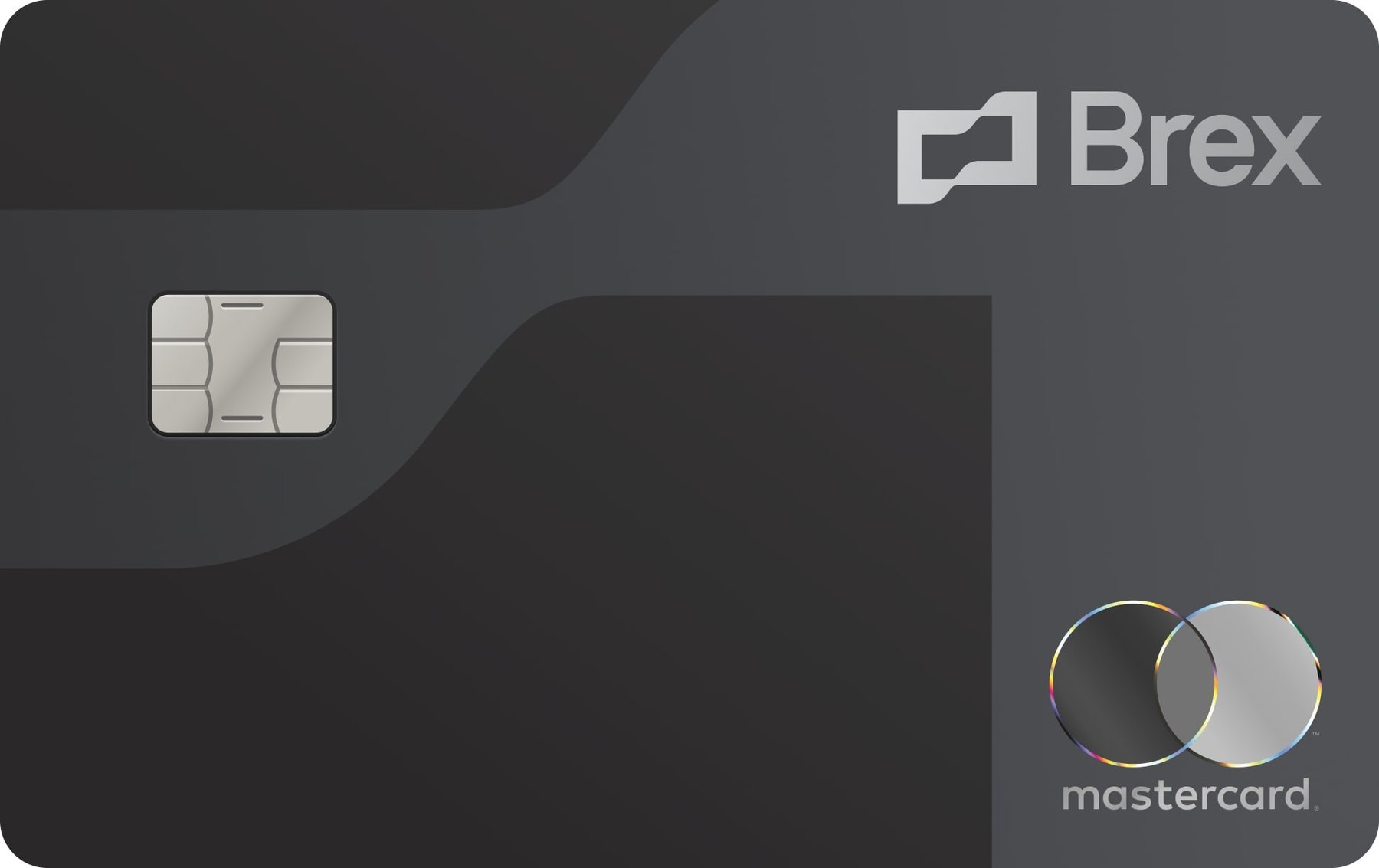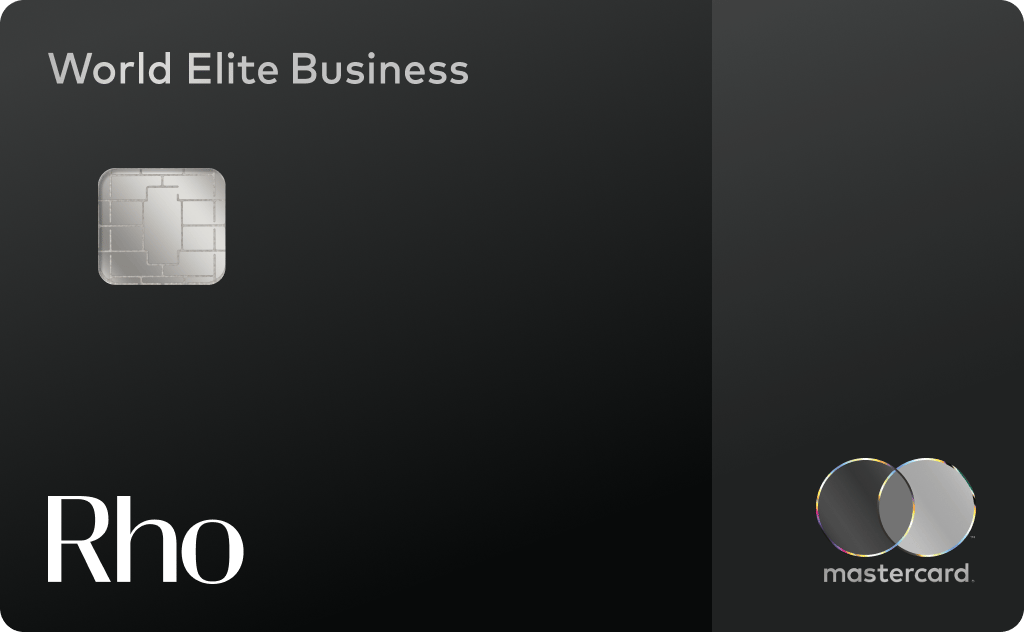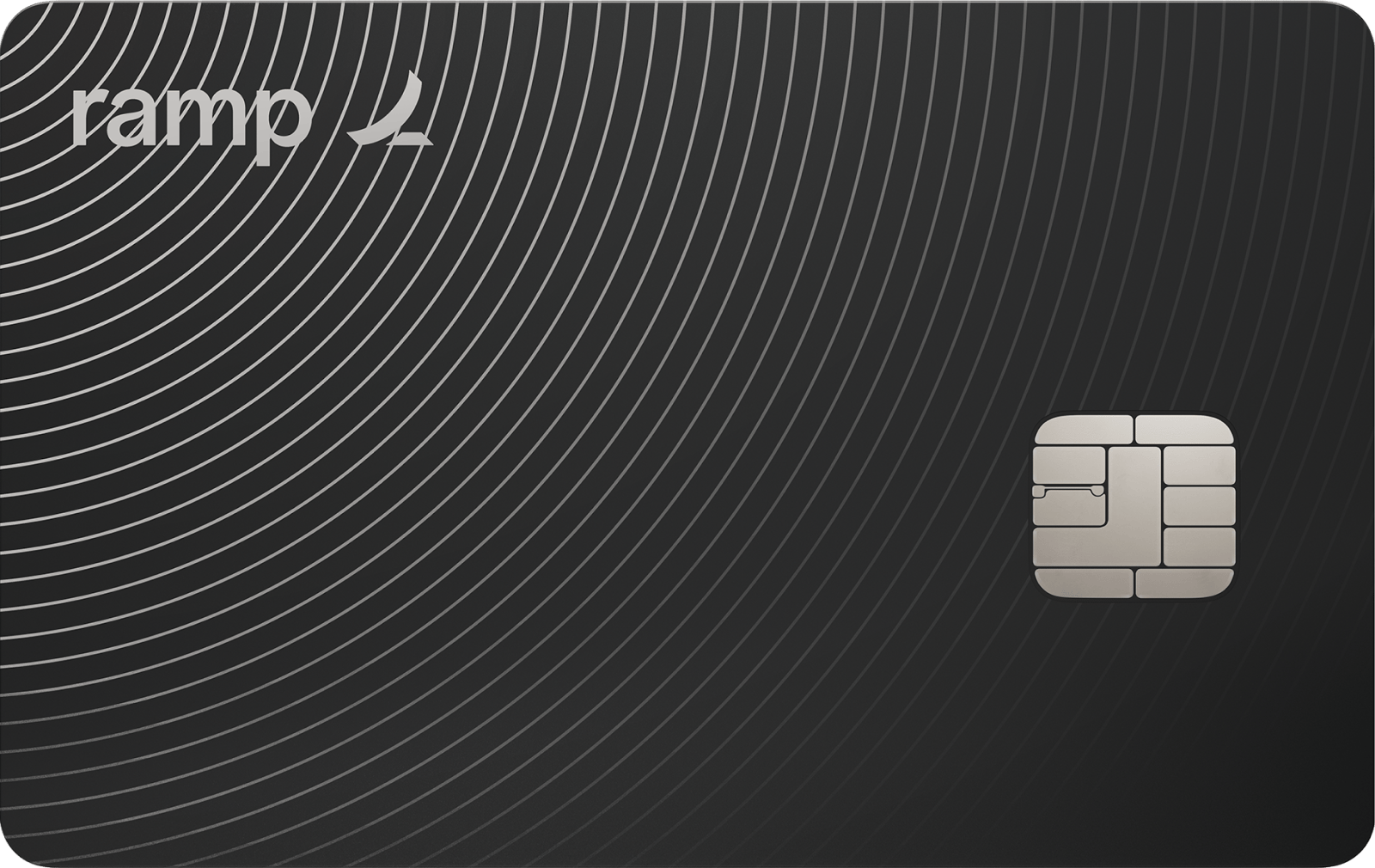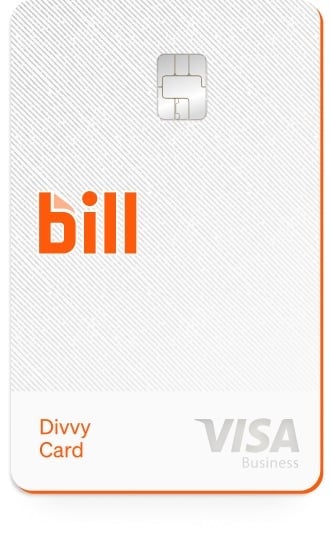Purchasing Cards: What They Do, Best Options
Purchasing cards, or p-cards, let your employees spend money on your business’s behalf.
Many, or all, of the products featured on this page are from our advertising partners who compensate us when you take certain actions on our website or click to take an action on their website. However, this does not influence our evaluations. Our opinions are our own. Here is a list of our partners and here's how we make money.
Companies use purchasing cards, or p-cards, for recurring, predictable expenses. These may include office supplies, software subscriptions or monthly orders of raw materials.
Larger businesses may consider p-cards to streamline expense management. They can reduce the need for expense reports and invoices. But p-cards won't always be the best employee credit cards for you.
Here’s how to figure out if p-cards are right for your business.
What are p-cards?
A purchasing card is a kind of commercial credit card. Businesses give p-cards to employees to use for a specific procurement, like buying goods from the same vendor every month.
P-cards are known for their tight spending controls. You might clear a card for use at just one vendor by just one employee, for instance.
P-cards vs. corporate cards
P-cards have a lot in common with corporate credit cards:
- Both types of cards are issued to companies, not individuals.
- Neither generally requires a personal guarantee.
- Companies have to pay their balance in full by the due date.
- Each comes with software tools that can help you monitor and control employee spending.
So what’s the difference?
Historically, corporate cards were meant for variable expenses, like traveling and entertaining clients. P-cards were meant specifically for replacing purchase orders when procuring supplies.
Today, a growing number of fintech companies offer corporate cards with very detailed spend controls. That means you can essentially use those corporate cards as p-cards. ( Jump to our picks for these cards .)
🙋 Can I use a business credit card instead as a p-card?
Business credit cards are in a different category than p-cards and corporate cards:
- They’re issued to individuals rather than businesses.
- The card issuer will check your personal credit and you’ll need to provide a personal guarantee.
- You can carry a balance (though you'll have to pay interest on it).
- They have less strict spend controls.
Business credit cards do let you issue employee cards, and you might be able to limit spending by category. They won't match other p-card functionality, like linking spending to a budget, though.
Some card issuers — including U.S. Bank and AmEx — are building out spend management tools for their business cards. But if that functionality is your main goal, a p-card or corporate card will likely be a better choice. Don't qualify for those options? Consider prepaid business cards as well.
Why businesses get p-cards
Businesses typically get p-cards to improve their purchasing process.
With a p-card, the supplier doesn’t have to send an invoice or wait for payment. The simpler process may also help reduce paperwork and other costs, like mailing checks.
Here's how they compare.
Using a purchase order:
- A company wants to order goods from a supplier.
- An employee creates a purchase order with what they want and how much they’ve agreed to pay for it.
- The company sends that PO to the supplier.
- The supplier fulfills the order, providing a delivery receipt and invoice.
- The company pays the invoice by the due date.
Using a p-card:
- A company wants to order goods from a supplier.
- An employee makes and pays for the purchase with the p-card.
- The company pays the p-card issuer, instead of every supplier individually.
How p-cards work
You’ll work with a card issuer to set up a p-card program. Once you’re up and running, here’s what happens:
- A business owner or finance leader creates physical and virtual p-cards.
- They set up spending controls for each card. These may limit purchases by day, month, transaction amount, merchant category code, etc.
- An individual cardholder uses their card to buy supplies for the company.
- The supplier requests authorization for the transaction.
- If the purchase is within the spend controls, it’s automatically approved. If not, it might be declined.
- If approved, the supplier receives payment for the purchase.
- The company receives their goods.
- The card issuer sends the company a statement with lists of the transactions made on each card.
- The company pays the statement in full by its due date.
You must pay off your p-card balance by the statement due date. You don’t have the option to carry a balance over to the next month and pay it down over time, the way you can with a business credit card.
Does your company need p-cards?
Your company should consider a p-card program if:
- Multiple people frequently spend money on behalf of the company.
- That spending focuses on procurement. If employees commonly spend money on things like travel or restaurants, other cards might be a better fit.
- Procurement purchases are small and frequent.
Pros
Reduced reliance on purchase orders and invoices.
More controls than other types of business credit cards.
Faster payments to suppliers.
Opportunity to earn rebates.
Cons
P-cards may duplicate what corporate cards can already do, creating unnecessary complications.
Businesses with low revenue may not qualify.
Where to get a p-card
Major issuers like American Express and JP Morgan Chase have p-cards as part of their corporate card portfolios. If you already have a relationship with a national bank, your best bet may be to start with them.
However, you may need millions of dollars in annual revenue to qualify for those cards. AmEx and Chase don’t publish those qualifications. But when you request more information about their programs via their websites, their lowest revenue tiers are up to $4 million and $5 million per year, respectively.
If your local or regional bank offers commercial cards — KeyBank and PNC do, for instance — you can reach out to a banker for more information. In general, these cards can help streamline your expense management. They usually don’t offer rewards, though.
Best corporate cards for spend management
If you’re interested in p-cards for the efficiencies they offer, a corporate card may be a more accessible option.
The following corporate cards offer unlimited virtual cards and highly customizable spend controls. That means they’re likely to be effective as p-cards:
- Brex: Best for booking travel, thanks to increased rewards rates when you use Brex’s built-in portal.
- Rho: Best for flexible qualification requirements. Companies don’t need a specific bank balance or revenue level to qualify for Rho. The company says it evaluates each customer individually.
- Ramp: Best expense management suite. Ramp is popular with small businesses and nonprofits, not just funded startups. That suggests its tools are versatile enough to help a variety of businesses track and control their expenses.
- BILL Divvy: Best for companies that don’t qualify for the other options on this list. Like all these companies, BILL Divvy uses revenue, business history, credit score and cash on hand to determine eligibility. But you may be able to qualify for this card with as little as $20,000 in the bank. Its rewards structure is annoyingly complicated, though.
» MORE: Ramp vs. Brex
Corpay, an online payment provider, offers p-cards as part of its corporate card suite. We haven’t rated Corpay’s p-cards in particular, but the Corpay World Elite Mastercard (a corporate card) is excellent.
These cards all also have easy-to-use online dashboards that let finance teams create new cards, set spend controls and update approval requirements instantly. Most send texts or emails prompting cardholders to upload their receipts. All those tools should make spend management easier for your employees.
Plus, they offer rewards, which can add up to benefit your bottom line.
Article sources
NerdWallet writers are subject matter authorities who use primary,
trustworthy sources to inform their work, including peer-reviewed
studies, government websites, academic research and interviews with
industry experts. All content is fact-checked for accuracy, timeliness
and relevance. You can learn more about NerdWallet's high
standards for journalism by reading our
editorial guidelines.
More like this
Related articles










